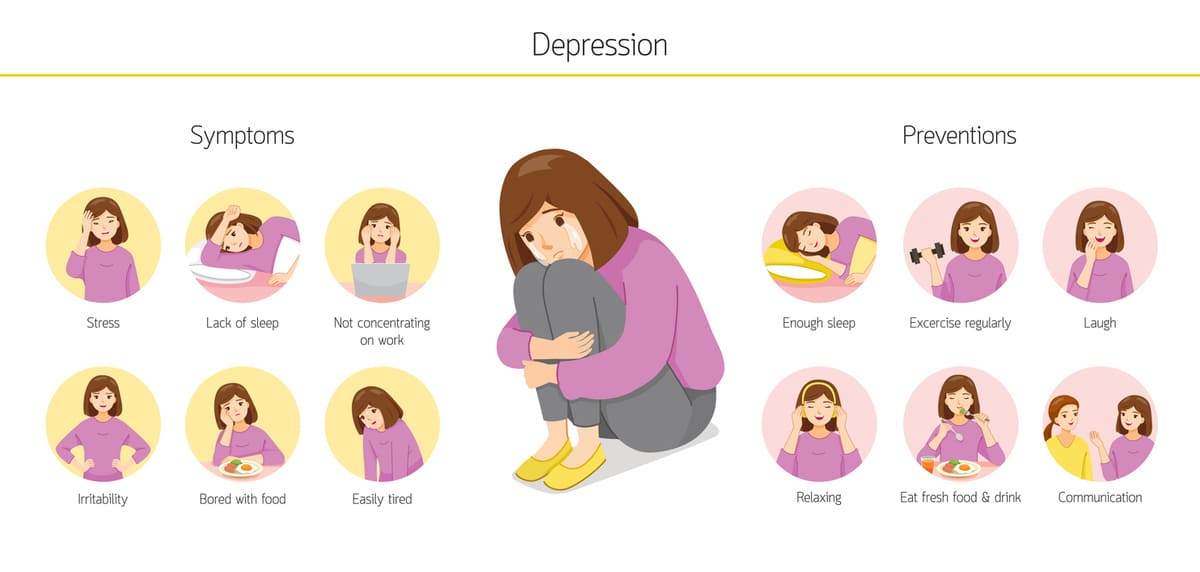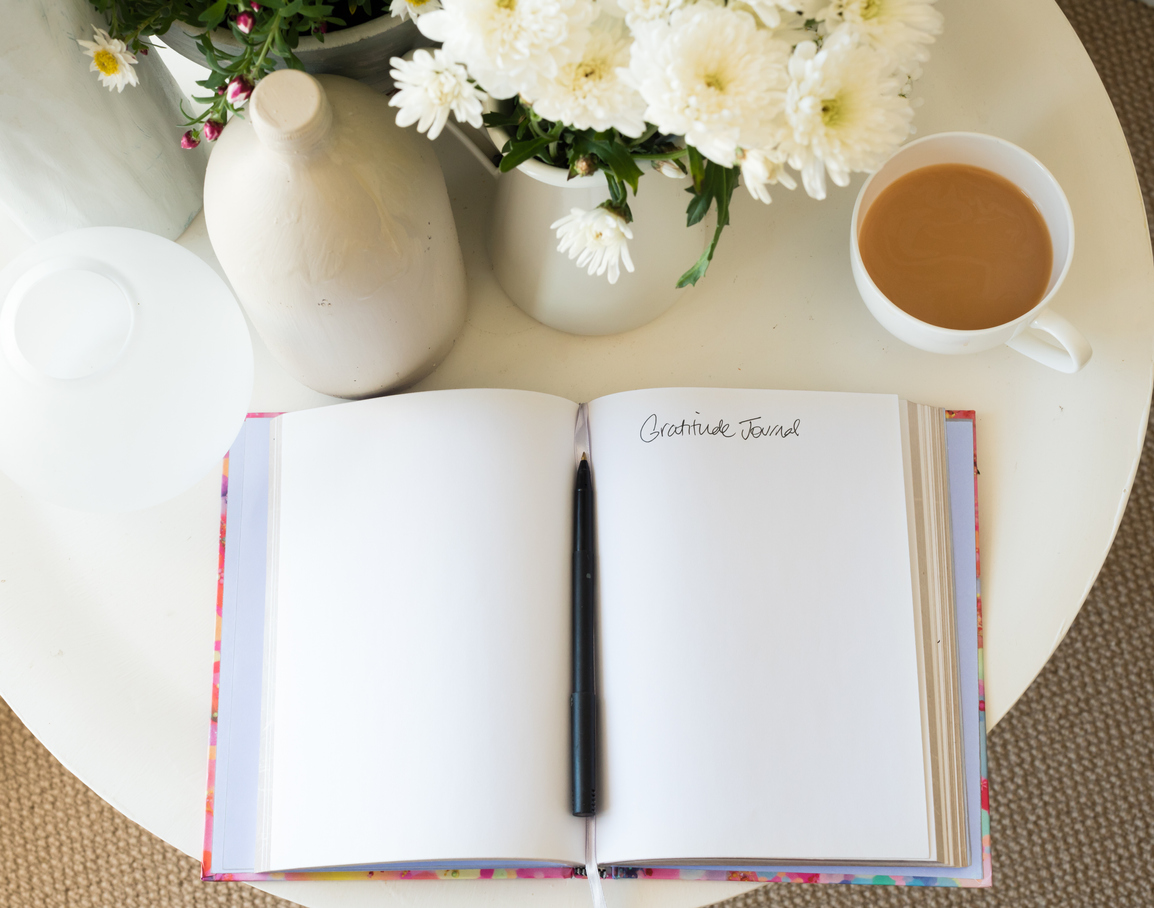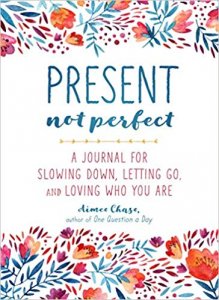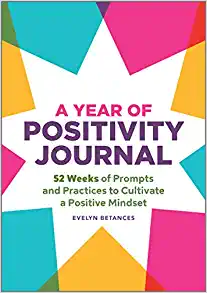Everyone feels low from time to time. And there are innumerable reasons why we feel these lows: financial stress, social strains, grief, or loss. Of course, the reason can be much simpler. As Joe Purdy put it, sometimes you feel like you “just can’t seem to get it right today” (Purdy, 2006). However, not all of these lows are depression, so let’s take a deeper look at what defines depression. Then, we can check out some methods for dealing with depression.
Stigmas and Safe Spaces
We live in a modern world that’s medically and technologically advanced. Unfortunately, mental illness—whether temporary or chronic—can still carry a stigma. Many people are afraid that if they admit they are depressed, then their social circle will view them as weak. Often, these same people worry that they are weak. Other people worry that admission of depression may affect their professional opportunities. Occasionally, folks do a bit of ‘future tripping.’ That’s a term I first heard in therapy to describe projecting your current concerns into the future, where they are inevitably amplified. You might think that if people know that you’re currently depressed, then they will always think of you as being depressed. But you know what? Stigmas be damned!
Let’s declare this small corner of the virtual world a Safe Space, and let’s try to extend that safe space wherever we need to. I’ll start. I was diagnosed with clinical depression and Obsessive-Compulsive Disorder when I was still in elementary school. During my freshman year of college, I had my first manic episode, at which point I was diagnosed with Bipolar II. These are all labels I carry around with me … but they don’t define me. Dealing with depression will be a lifelong process for me. Hey, now, chin up! Bipolar and depression aren’t the exact same thing; they just share commonalities. I promise there is hope.
What Is Depression Precisely?

The American Psychiatric Association publishes—and updates as needed—a manual for psychiatrists to assist them in diagnosing patients. You may have heard the term DSM-5 before. It stands for the Diagnostic & Statistical Manual of Mental Disorders. I think that it’s those last two words that scare people and make them feel stigmatized. But the DSM-5 is an awesome reference tool for doctors. The manual classifies depression as a mood disorder with two cardinal symptoms: depressed mood and anhedonia (don’t you love medical terms?), which simply means a loss of interest in one’s normal pastimes (DSM-5).
It’s important to remember that depression can be caused by our specific genetic blueprint; environmental factors, which include a spectrum of things like our actual physical environment, behaviors learned as a child, events or traumas which occur in our lives; and psychological and physiological factors. It can happen at any age to anyone.
What Does Depression Look Like?
The DSM-5 only identifies those two main symptoms for diagnosis because depression doesn’t look identical for all of us. Children and teens, for example, show higher signs of irritability and anxiety that may evolve into depressed moods as they age. And there are different types of depression as well, such as postpartum depression and seasonal affective disorder, or SAD. Generally, though, there are some defining characteristics. Time is a factor, in particular. If you “just can’t seem to get it right” for a few days, well, sure, every single person can identify with that. But if that feeling lasts unabated for more than two weeks, then the odds are that you’re depressed. Here’s a short list of some more common signs to look for if you think you might be dealing with depression.
Mood and Emotional Symptoms
- Persistent feelings of sadness, hopelessness, or emptiness
- Apathy and a loss of interest or pleasure
- Feeling guilty for irrational or non-existent reasons
- Anxiety or increased irritability
- Difficulty concentrating and making decisions
Physical Symptoms

- Sleep changes (insomnia or oversleeping)
- Eating habit changes (eating too little or too much)
- Energy level changes (low energy or restlessness) (NIMH)
The biggest sign to look for, and the one that means you need to take action NOW, is suicidal ideation. That’s a term to describe that maybe thoughts of suicide have crossed your mind. Maybe you’ve even considered how you’d do it. Maybe you have a specific plan and the means to carry it out. If that’s the case, PLEASE call 800-273-TALK (8255) or simply dial 988 to reach the National Prevention Suicide Lifeline. Whether you’re in a moment of crisis and intend to end your life or not, this is a great way to talk to someone that cares. It’s surprisingly easy to share your darkest, most honest thoughts and feelings with someone you’ll never meet. I’d like to add that this 24-hour hotline is also for friends and family members who are worried about a loved one.
Dealing with Depression
Now that we’ve looked at how depression might affect us let’s spin it and see how we can affect depression. The most obvious thing to do is to seek professional help. Seeing a psychiatrist in conjunction with a therapist is one of the most valuable things that you can do for yourself. And in this modern age, you can see your doctor and therapist virtually via secure online video links, or over the phone, if you prefer. But there are other methods for dealing with depression that you can do, outside of medical care—either to supplement the time between speaking with your mental health team or because you want to try a different route in managing your depression.
Breathing and Moving
One of the easiest ways to lift yourself up is to actually lift yourself up. Movement in any form, be it a long walk, yoga, sports, or running (the one I use most), stimulates deeper breathing and the release of endorphins in your brain, which naturally elevate your mood. For this reason, I really recommend yoga because it does three super important things:
- Teaches you breathing control
- Deep breathing—in through your mouth, down to your gut, and out through your nose—while you count your inhales and exhales can recenter you, help to stem your tears if you happen to be crying, and give your mind a break from negative thoughts.
- Amplifies the connection between your mind and body that depression frequently severs
- Forces you to focus on coordinating your breathing and movement through the flow of your physical movements, leaving no space for extra thought
- Tai chi has all these same benefits, & like yoga, you can practice it alone or with others.
Journaling

Not everyone likes to write, but journaling is a very effective tool for managing depression. What you write doesn’t need to be poetic, grammatically correct, or even in sentence form. But if you’ll make a nightly habit of writing a journal entry that expresses your mood(s) that day, your feelings, and any issues you had with sleeping or eating, then you’ll reap some excellent benefits:
- Constant assessment of your physical and mental state illustrates the relationship between your internal world, your physical body, and external stimuli.
- Tuning into your feelings and reflecting on them helps you release the physical and mental tension that depression can cause—this practice is called embodiment.
- You’ll begin to spot patterns that help you identify your own personal depression triggers AND make plans to counter them.
- Rereading your older journal entries can illuminate your healing process and progress.
- Depression and pessimism are best friends, so this activity is a great reminder that you are indeed making progress, however much time that progress may take.
Untwisting
Depression can really distort our perception of objective reality. This method helps to straighten and untwist distorted thoughts you have about yourself, your actions, and your future. Find someone you trust and who knows you well, then work through this simple process to see what the objective evidence shows about you. Here are the steps:
- First, share your negative thoughts, one by one, with this trusted person.
- Then, let the other person give you their take on each thought and what they perceive.
- Finally, examine the actual evidence, which may take the form of something concrete and tangible or something like a factual accounting of your actions.
For example, I often feel like a failure. My cat Jonah just died two weeks ago. I couldn’t control my sobbing for days and nights on end. ‘Deep, I Can’t Breathe’ sort of sobbing. I told my husband that I had failed Jonah. So, my husband sat down on the floor next to me, and we walked through this process. I realized I’d been looking at one sad thing and letting it fill my vision. But the evidence showed that I loved my sweet Jones for fifteen years; I gave him the best of myself and everything else, too. I never spared any expense on his medical care—from the moment I adopted him at the San Francisco SPCA and every day after.
When he got sick suddenly, the emergency vet told me all she could do was further testing to pinpoint the precise illness, but nothing could be done to save his life. So rather than leave him there for a single night away from home, I made the hardest choice: I held him close while he fell asleep against my heart for the last time. I didn’t fail him.
Okay, that was tough to write about, but I’ve got to practice what I preach, so to speak. And this method for dealing with my depressive episodes really has proven to be the most useful for me. I hope you’ll give it a shot.
Don’t Give Up

Please remember you are not alone. The World Health Organization estimates that 300 million people of all ages worldwide deal with depression. You may be someone who experiences depression just once, or it may come and go for a period, or—like me—you may need to manage it throughout your life. But I promise you that you CAN deal with your depression. Don’t give up because you truly do deserve ALL the joy and beauty this universe has to offer.
Tools for Dealing with Down Days




Read Next:
Treating Anxiety and Depression with CBD Oil
Ketamine for Depression: A New Treatment








